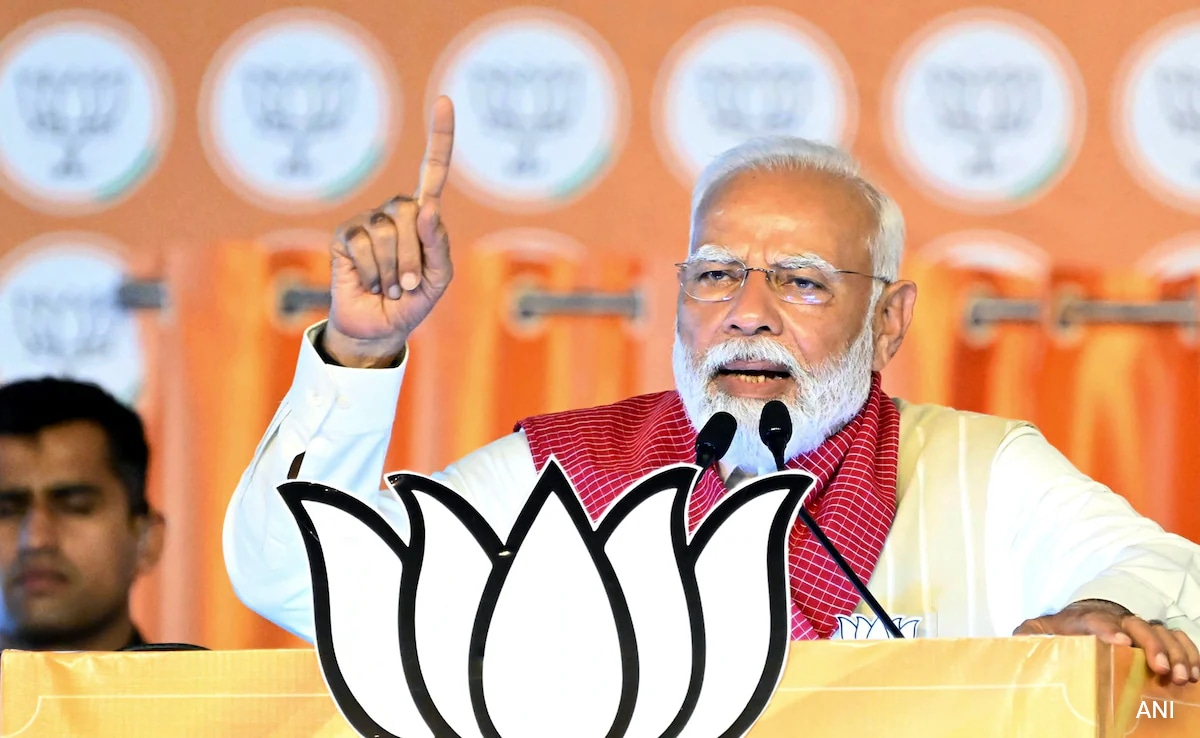India will soon compete with some of the most sought-after tourist destinations in the world. Often, only a ropeway project separates such destinations. Realizing this, the Center is working on planning ropeway projects across the country that will not only ease urban mobility but also serve as an attractive facility for tourists.
Union Minister Nitin Gadkari has announced the launch of the National Ropeway Development Program named ‘Parvatmala Project’ – which aims to develop 200 ropeway projects at a cost of Rs 1.25 lakh crore over the next five years.
The investment fund is huge, which shows how seriously the Narendra Modi-led government takes this programme. Under the Range Project, the Central Government is planning to provide substantial construction assistance of 60 per cent under hybrid annuity mode for the ropeway.
By doing this, the government wants to attract more private players to participate in the development of the ropeway. Since the plan is to build hundreds of such projects in the next five years, it is important to involve the private sector.
The government is looking to address some of the fundamental issues related to urban mobility and transportation with its ambitious project. Firstly, it seeks to integrate ropeways into the urban rapid transit system to reduce congestion in cities, reduce pollution and streamline travel times.
Second, apart from transforming public transport in urban centres, the ropeway program can play an important role in ushering in a new era by making India’s hilly areas tourism hubs.
Third, the Center wants the Range Project to catalyze the development of indigenous and cost-effective ropeway solutions under the Make in India umbrella.
Talking about the importance of such indigenous solutions, Gadkari said, “The priority is to bring about standardization of existing policies and codes and to transform the ropeway industry by encouraging manufacturing of ropeway components under the Make-in-India initiative.”
The private sector has already shown interest in developing a strong ropeway infrastructure across India. However, these players want the government to address some concerns.
Global industry majors have urged the Center to focus on conducting proper feasibility studies, better estimating costs and setting realistic timelines for ropeway projects. Developers say that these measures are necessary to complete the work on time.
Importantly, private players are being assured that the state will contribute land for ropeway projects without the need for environmental clearance. Often, inadequate feasibility reports result in delays in project bids.
For example, the Gaurikund to Kedarnath and Govindghat-Hemkund Sahib ropeway projects in Uttarakhand have not been bid even more than a year after the foundation stone was laid.
Why the sudden interest in ropeway?
This initiative could prove to be particularly transformative for India’s hill stations and mountain areas with significant tourist numbers. It is not always possible to build roads, rail networks or run more buses in such areas due to rough terrain and congestion.
Ropeway projects will help address these issues as well as promote mobility. This will also boost tourism as people will no longer need to travel abroad to experience the ropeway.
The added benefit is that unlike traditional methods of transportation, the ropeway will not pollute the environment. They can revolutionize urban travel in hilly areas.
In November last year, Shimla emerged as the first urban hotspot to get a ropeway project. Construction on the 14 kilometer long ropeway line is expected to begin this September and, once completed in 2029, will make it the second longest ropeway network in the world. The ropeway will have three lines and will initially have 220 cabins, which will be upgraded to a total of 660 with a capacity of eight to nine passengers. The project is expected to provide direct and indirect employment to at least 20,000 people.
Similarly, Dehradun and Mussoorie in Uttarakhand will soon be connected by ropeway line, which will reduce the travel time between the two cities to just 15 minutes. Actually, Uttarakhand is emerging as the ropeway hub of India. In September last year, the state government had signed an agreement in London with ropeway construction firm Poma Group for an investment of Rs 2,000 crore.
Additionally, News18 recently reported that Amarnath, Kamakhya, Kedarnath and Mahakaleshwar temples are among the 30 projects identified for ropeway connectivity, covering a distance of over 120 km. Ropeway connectivity is also being planned to Tawang Monastery in Arunachal Pradesh, Sabarmati Riverfront and Statue of Unity in Gujarat, Gwalior Fort in Madhya Pradesh and Marina Beach in Tamil Nadu.
The decision to commission and run hundreds of ropeway projects across India over the next five years should be seen with the larger goal of the Centre’s desire to transform the urban landscape with a special focus on sustainable mobility. In a similar move in August last year, the government had launched the PM e-Bus service programme. Under this, 10,000 e-buses will be deployed in 169 cities and the scheme will cover cities with a population of more than three lakh while priority will be given to those cities which do not have organized bus services.
More than 270 million people will live in Indian cities by 2040. And, they will need better housing and transportation as well as more jobs. Aware of the challenges posed to mobility by population expansion in urban centres, the Center is continuously formulating new plans to meet the present and future challenges. This bodes well for the larger plan to transform India into a developed country by 2047 under the Developed India Mission.
Follow us on Google news ,Twitter , and Join Whatsapp Group of thelocalreport.in
















